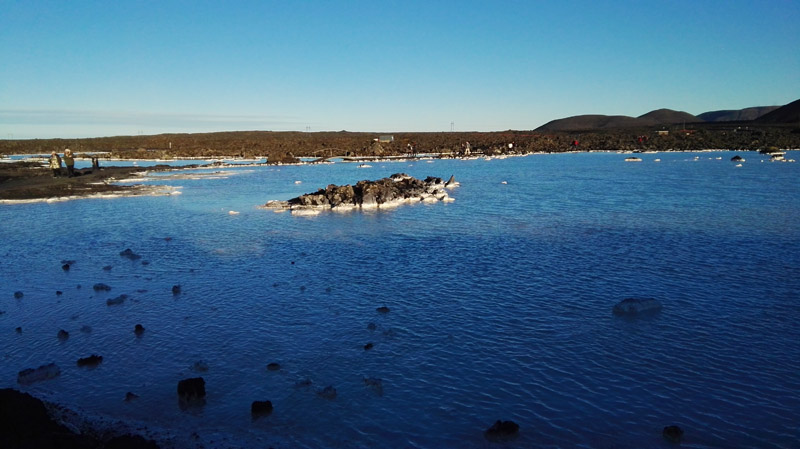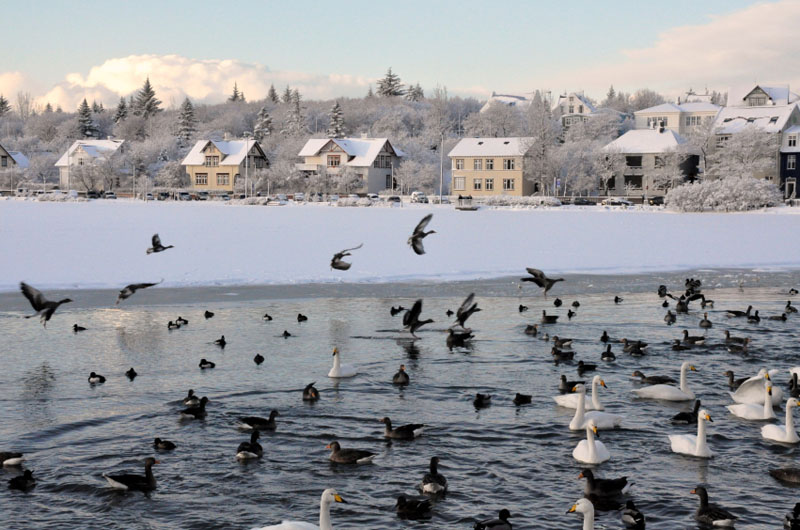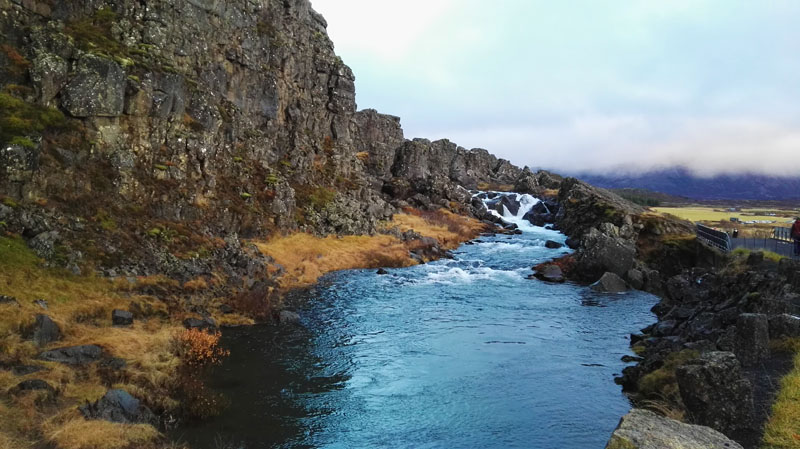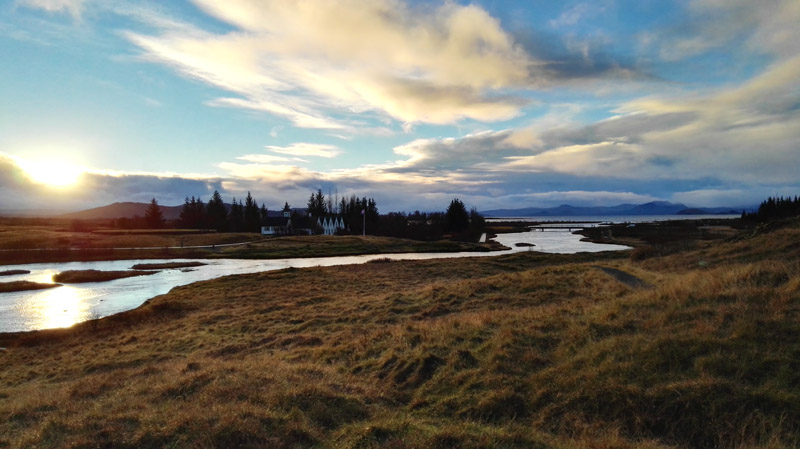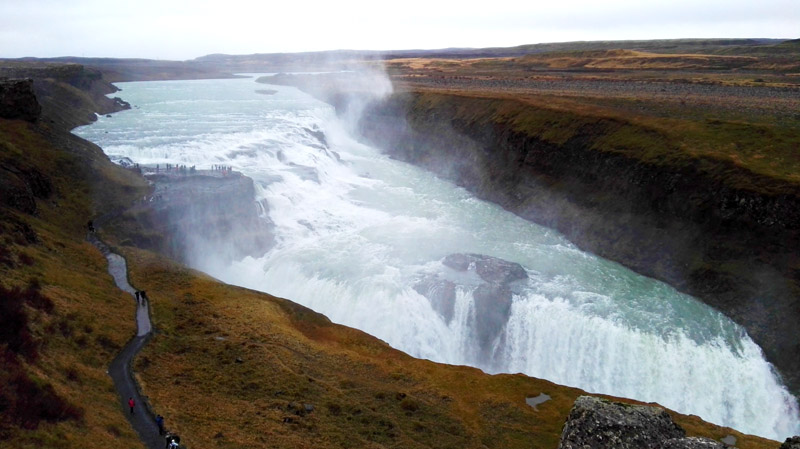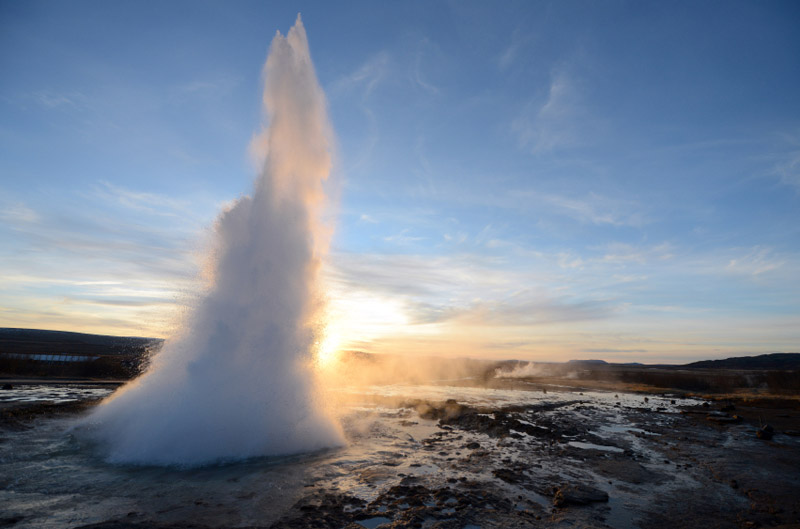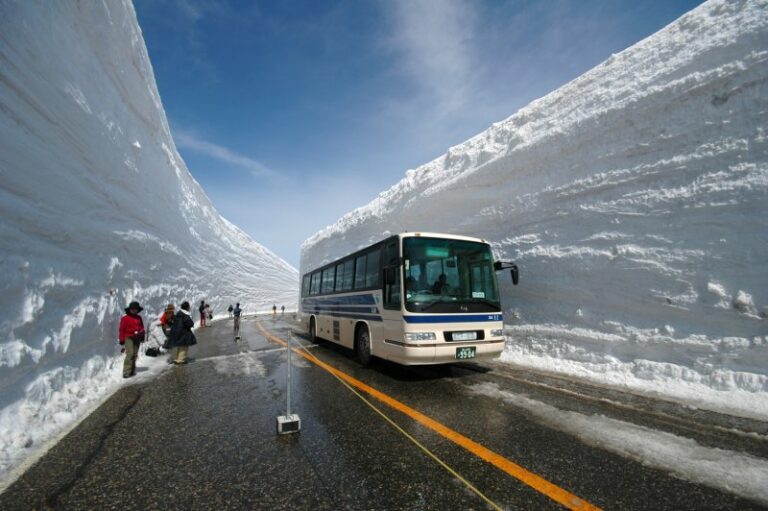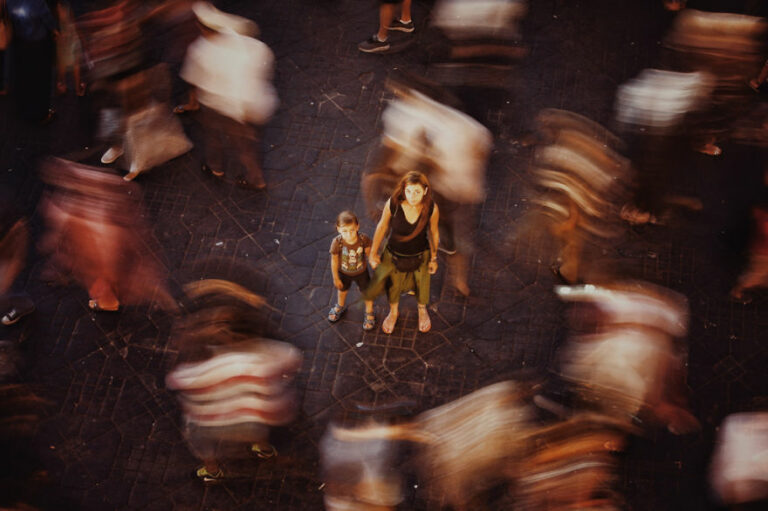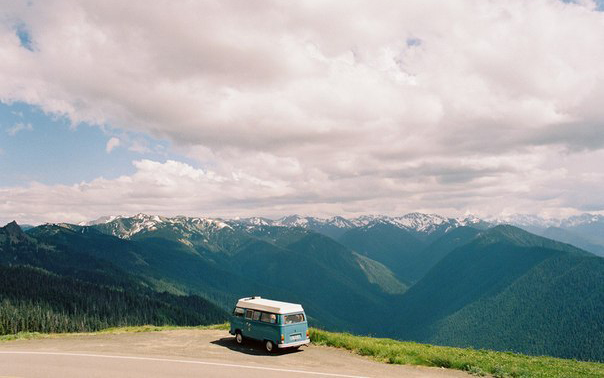“The chaos of the primeval world, deluged by lava, mud, cinders…” So goes the testimony of Samuel Kneeland, a Victorian natural scientist when he visited Iceland in 1876.
For a cold-weather adverse Brit, Reykjavik was not an obvious choice for a four-day break.
But, inspired by a burst of wanderlust, coupled with reports that Reykjavik was becoming something of a cultural hotspot, we booked tickets for an early November getaway and braced ourselves for chillier climes.
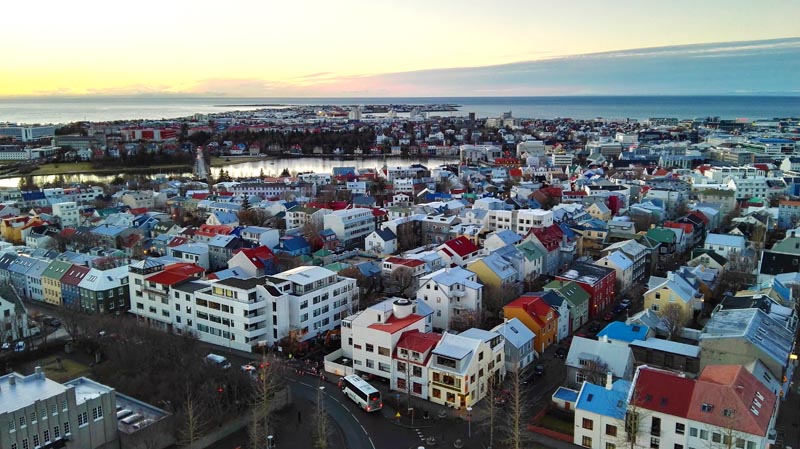
A capital city that many consider a small town in size, choosing what to do in Reykjavik should have been straightforward. Not so.
Every backstreet, country lane and fishing village in Iceland is packed with culture, culinary delights and historic sites – and that’s without venturing into the snow-topped mountains, waterfalls and moss-covered lava fields of the national parks.
Upon arrival at Keflavik airport, we were greeted by freezing rain. A northerly wind whipping around our coat-tails, and air so pure it smelt like it had been filtered.
We had come prepared and I was glad for it: thermals, cashmere jumpers and knee length fur-lined parkas became wholly necessary essentials from the moment we stepped off the plane.
We had come, knowingly, and expectantly, out of season. More than 90 per cent of Iceland’s tourists visit during summertime; something that perplexes Icelandic locals, who believe some of the best skies and scenery are to be found during the winter.


